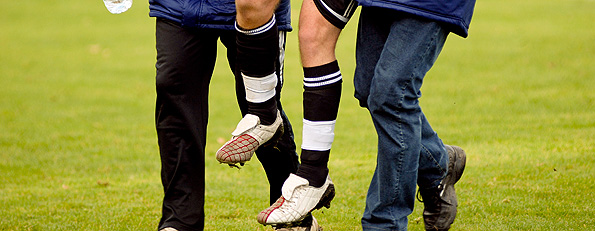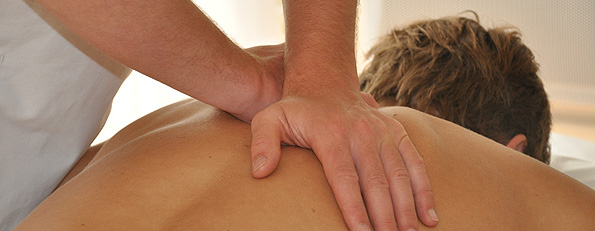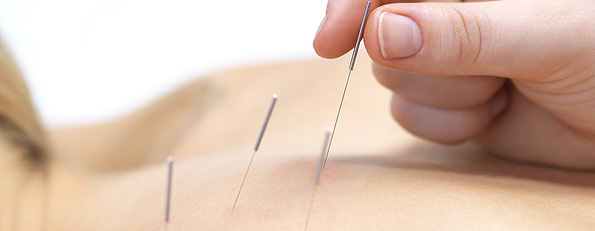Osteopathy and Dentistry
The face is a complex bony structure composed of a number of different bones. Some of these bones are very delicate, and they are intricately linked together in a very complex way. All the bones of the face, like those in the rest of the skull, are free to move minutely, which they do in a gentle rhythmical fashion. This movement between the bones is important in maintaining free drainage of the sinuses, and permitting the free passage of air through the nose. Trauma to the face may restrict the normal movement between the bones, and can have wide reaching effects in the whole body. One of the most common causes of trauma is dental treatment.
Osteopathy recognises the very important connection between stresses resulting from dental treatment. The wide subject of facial mechanics is a fascinating one, which is often relevant to the patients presenting symptoms. Many of these problems can be successfully treated osteopathically. Obviously if there is a dental problem that is consistently aggravating and causing stress, it is important to have this dealt with by a dentist. Osteopathic techniques used to treat strains within the face are very gentle.
Common (dental) causes of stress in the face:
Extraction of teeth
The forces used to extract teeth may be transmitted through to the articulations and joints of some of the delicate bones of the face. This may strain and disrupt their normal movement.
Common symptoms:
Sinus and ear problems, headache, migraine, neck or lower back pain.
Dentures and Plates
An upper plate or denture has the effect of holding the bones of the upper jaw rigidly together, preventing or severely limiting movement between them.
Common symptoms:
Headache, congested sinuses, ear problems, eyestrain
Prevention:
Plates and dentures should be removed at night to allow face to free itself off for some hours during each 24hr cycle.
Loss of all teeth leads eventually to a loss of bone from the face.
No Back Teeth
Occasionally people have all their back teeth removed leaving just the front incisors. If no dentures are worn, all biting and chewing is done on the front teeth. This places enormous strain on the structures of the head and neck. It almost always leads to a great deal of neck tension, causing headaches and neck pain.
No Back Teeth, Braces and Orthodontic Work
Orthodontic treatment has a dramatic effect on the normal functioning of the face, and can have repercussions throughout the whole body. Enormous stresses are imposed through the bones of the face, as the teeth are forcibly moved in their sockets. This restricts and disrupts normal motion of the facial bones.
Common symptoms:
Headache, clicking jaw, painful joints particularly the knees, irritability, reduced concentration, neck pain, lowered immunity and an increased vulnerability to musculoskeletal strains.
After the brace is removed:
The stresses do not always dissipate, and are almost always palpable many years later in adults.
Osteopathic treatment is strongly recommended.
BEFORE the braces is fitted to reduce underlying stresses as mush as possible.
DURING the time the brace is being worn, an occasional treatment to help the body accommodate the additional load reduces the secondary symptoms and also helps the teeth to move quicker.
AFTER the brace is removed, osteopathic treatment to reduce its long term effects.
Bridges
Bridges generally cause no problem within the mechanics of the face. The exception is a midline bridge across the two upper front teeth. In this situation the bones of the upper jaw become permanently fixed together, which prevents normal movement between the bones.
Common symptoms:
The stress included by a fixed midline bridge will highlight any area of weakness in the body. Symptoms can be almost anything – headache, sinus or ear problems, neck and back pain, even knee and foot pain.
Clicking Jaw
Pain and clicking in the temporomandibular joint is fairly common. There are many causes, one of which may be imbalances and stresses through the face or teeth, and osteopathic treatment can sometimes help.
Bruxism (grinding teeth)
Many people grind their teeth at night or clench their jaw when they are concentrating or under stress. In children, night grinding may be the result of pressure in the head or face retained from birth compression.
Common symptoms:
Tension, tenderness and irritability in the muscles of the face, head and neck.
Copyright © 2005 Ashbrook | All rights reserved.




